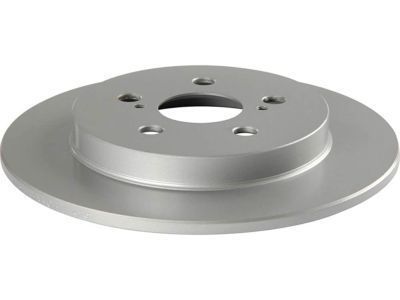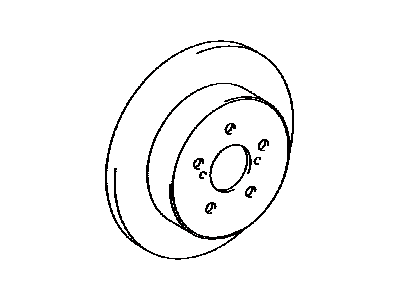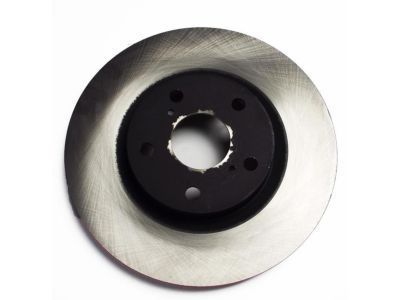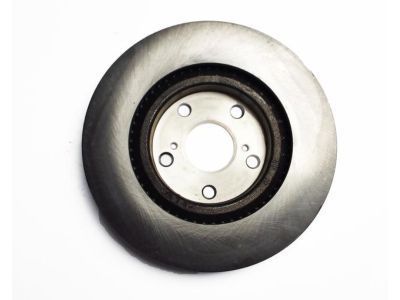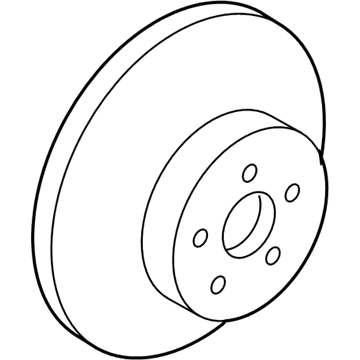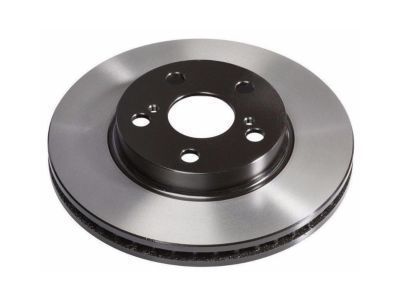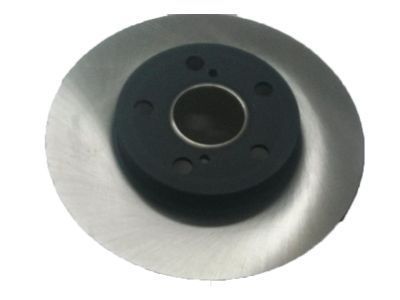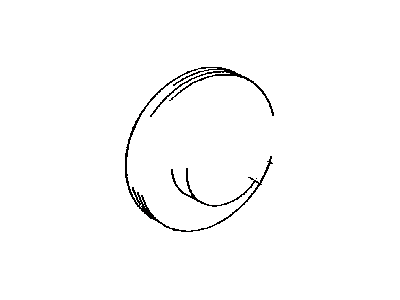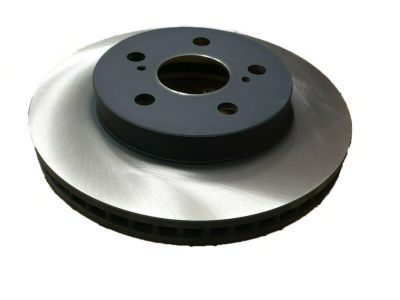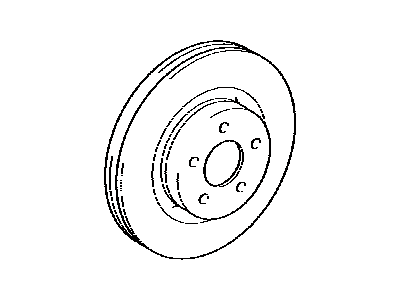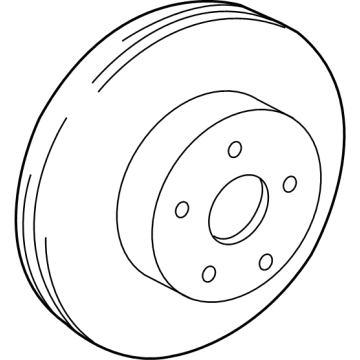

My Garage
My Account
Cart
Genuine Toyota Prius Brake Disc
Disc Rotor- Select Vehicle by Model
- Select Vehicle by VIN
Select Vehicle by Model
orMake
Model
Year
Select Vehicle by VIN
For the most accurate results, select vehicle by your VIN (Vehicle Identification Number).
7 Brake Discs found
Toyota Prius Rear Disc
Part Number: 42431-12310$59.70 MSRP: $84.15You Save: $24.45 (30%)Ships in 1-3 Business DaysToyota Prius Disc Brake Rotor Front
Part Number: 43512-33150$71.73 MSRP: $101.12You Save: $29.39 (30%)Ships in 1-3 Business DaysToyota Prius Disc Brake Rotor Front
Part Number: 43512-47040$46.73 MSRP: $65.32You Save: $18.59 (29%)Ships in 1-3 Business DaysToyota Prius Disc Brake Rotor Front
Part Number: 43512-47060$63.83 MSRP: $89.97You Save: $26.14 (30%)Ships in 1-2 Business DaysToyota Prius Disc Brake Rotor Front
Part Number: 43512-47030$67.01 MSRP: $94.46You Save: $27.45 (30%)Ships in 1-3 Business DaysToyota Prius Disc Brake Rotor Front
Part Number: 43512-47010$68.90 MSRP: $97.12You Save: $28.22 (30%)Ships in 1-3 Business DaysToyota Prius DISC, FR
Part Number: 43512-52170$62.53 MSRP: $88.14You Save: $25.61 (30%)Ships in 1-2 Business Days
Toyota Prius Brake Disc
If you are in demand for superior quality and affordable OEM Toyota Prius Brake Disc, then shop with us! We own a wide range of the reduced-priced genuine Toyota Prius Brake Disc. You can purchase in confidence as all parts come with a manufacturer's warranty. Any issues with our products? No need to worry as we have a hassle-free return policy to guide you every step of the way.
Toyota Prius Brake Disc Parts Questions & Experts Answers
- Q: How to inspect and replace a brake disc on Toyota Prius?A:Loosen the wheel lug nuts, raise the vehicle, and support it securely on jackstands. Remove the wheel and install the lug nuts to hold the disc in place. Remove the brake caliper without disconnecting the brake hose, suspending it out of the way with a piece of wire to avoid strain on the hose, and ensure the upper slide pin boot remains undistorted. Detach the caliper mounting bracket by removing its bolts. Visually inspect the disc surface for score marks and damage; while light scratches and shallow grooves are normal, deep scoring necessitates disc removal and refinishing. Check both sides of the disc, noting that severe wear from neglected brake pads requires replacement. To assess disc runout, position a dial indicator about 1/2-inch from the outer edge, set it to zero, and turn the disc, ensuring the reading does not exceed the allowable limit; if it does, refinishing is required. Regardless of the reading, resurfacing is recommended for a smooth finish to prevent brake pedal pulsation. If not resurfacing, remove any glaze with sandpaper or emery cloth using a swirling motion. Ensure the disc is not machined below the minimum allowable refinish thickness, which can be checked with a micrometer. Make match marks on the disc and a wheel stud for proper reinstallation, then remove the lug nuts and slide the disc from the hub. Position the new disc over the threaded studs, install the caliper mounting bracket and tighten the bolts to the specified torque, followed by the caliper, also tightening its bolts to the specified torque without needing to bleed the system. Finally, install the wheel and lug nuts, lower the vehicle, tighten the lug nuts, and depress the brake pedal a few times to engage the brake pads with the disc, checking the brakes' operation carefully before driving.
Related Toyota Prius Parts
Browse by Year
2024 Brake Disc 2023 Brake Disc 2022 Brake Disc 2021 Brake Disc 2020 Brake Disc 2019 Brake Disc 2018 Brake Disc 2017 Brake Disc 2016 Brake Disc 2015 Brake Disc 2014 Brake Disc 2013 Brake Disc 2012 Brake Disc 2011 Brake Disc 2010 Brake Disc 2009 Brake Disc 2008 Brake Disc 2007 Brake Disc 2006 Brake Disc 2005 Brake Disc 2004 Brake Disc 2003 Brake Disc 2002 Brake Disc 2001 Brake Disc
